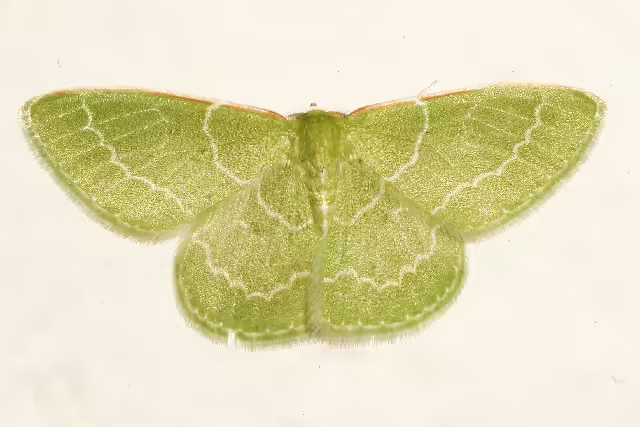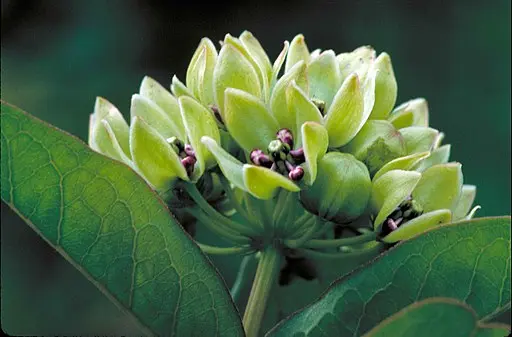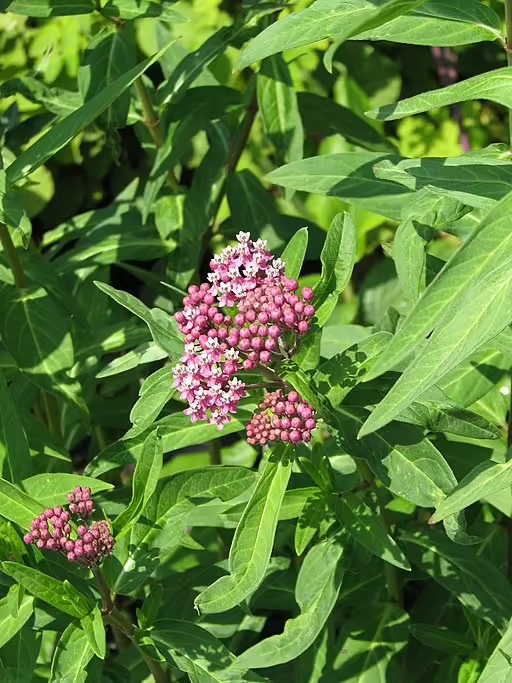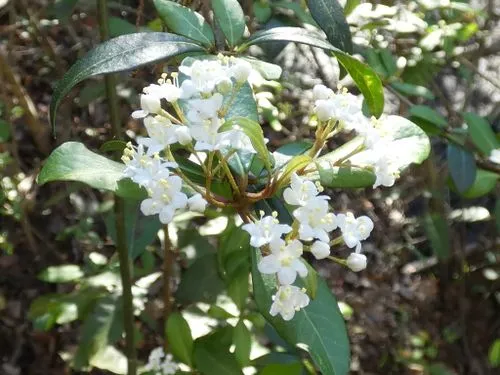Table of Contents of Blazing Star (Liatris spicata)
Blazing Star (Liatris spicata) is a herbaceous perennial that is native to the mid-western and eastern United States and Canada, except for northern New England. This plant is a host to the Wavy-lined Emerald (Synchlora aerata) and two other moths. This plant grows from 2 to 6 feet tall, and has white, pink, to purple flowers that bloom from July to September. It is hardy in zones 3-9.
Taxonomy and Naming of Blazing Star (Liatris spicata)


Taxonomy
Blazing Star (Liatris spicata) was named and described by Carl von Linnaeus as Serratula spicata, in 1753. Later in 1803, Carl Ludwig Willdenow, a German botanist, renamed it to it current name of Liatris spicata. The species has kept the current since 1803 and is a member of the Aster Family (Asteraceae).
Meaning of the Scientific and Common Names
Scientific Name
The genus name, Liatris, is of unknown origin in the literature. The species name, spicata, comes from the latin word for spike-like.
Common Name and Alternative Names
The common name describes the flowers of the plant. Other common names are variations of the name blazing star such as dense blazing star, marsh blazing star and sessile-headed blazing star. Some other names also describe the flower such as gayfeather, Kansas gayfeather, and spike gayfeather. This plant has also been called snakeroot and prairie feather, in reference to its growing location.
Physical Description

- Plant Type: This plant is a herbaceous perennial.
- Height: 2 to 6 feet
- Stem: essentially glabrous
- Leaves: The leaves are alternate, simple, entire, and linear in shape. The leaves range in size from 10 to 12 inches in length at the bottom and get shorter towards the top of the plant. The leaf width is usually 0.25 to 0.5 inches wide. Because of the leaf density, the leaves can appear to be whorled.
- Flower color: White to pink to purple
- Blooming period: This plant blooms from July to September.
- Fruiting type and period: The achenes mature in the late summer and fall.
Range of Blazing Star (Liatris spicata) in the United States and Canada

This species is native to the mid-western and eastern United States and Canada, except for northern New England and the adjacent provinces and Delaware. It is considered to be rare in the states of Wisconsin, Maryland, and the province of Ontario.
Habitat

This species grows in a variety of habitats such as fields, roadsides, and prairies, wet or dry pinelands and savannas in Florida (Ward 2012), moist meadows and woodlands (Gaiser 1946), swamps, wet woods, swales, and marsh borders (Roedener, et al. 1978).
Hosted Insects

This species is a host for the wavy-lined emerald (Synchlora aerata), liatris flower moth (Schinia sanguinea), and the liatris borer moth (Carmenta anthracipennis). A study in Ontario found that the liatris flower moth there favored Liatris cylindracea more than L. spicata (Hardwick and Stead 1998).
Other Supported Wildlife

This species is a nectar source to other butterflies, skippers, bees, and wasps during the growing season. This plant may also attract hummingbirds and goldfinch like the seeds (NC Extension Gardener).
Frequently Asked Questions
Is this plant deer resistant?
The NC Extension Gardener lists this plant as being moderately resistant to deer browsing.
Does this plant have any ethnobotanical uses?
The Native American Ethobotanical Database shows that this plant has been used for analgesics, diurectics, a stimulant, and for gastrointestinal and kidney issues.
How is this plant distinguished from others?
This species is similar to the sharp gayfeather (Liatris acidota) and the cat-tail gayfeather (Liatris pycnostachya), but they differ by their phyllaries (bracts). Blazing star has phyllaries that are rounded or blunt, and the others have sharp or long-tapering phyllaries.
Is this plant invasive?
This species is common in cultivation and has not been listed as being invasive.
Gardening with Blazing Star (Liatris spicata)
Add Blazing Star to Your Garden
The link below takes you to our product page where we get a small commission from your purchase at no additional cost to you.


Hardiness
This species is hardy in zones 3-10. If your garden is within these zones and you have the right growing conditions (soil, moisture and exposure), you may well be able to grow this plant. However, if planted outside of its range, the hosted species may not recognize the plant or be harmed by ingesting a different species with an unfamiliar chemical composition.
Cultivars
This species is a favorite of gardeners and over the years, a lot of cultivars have been developed. Below is a list of some those present in the literature and various nurseries.
- ‘Alba’: a cultivar that has white flowers
- ‘Bluet’: cultivar with bluish-purple flowers
- ‘Callilepsis’: a cultivar with long stems that is used for cut flowers and has pink and purple flowers
- ‘Floristan Violett’: a long stemmed cultivar with violet colored flowers
- ‘Floristan White’: a cultivar having white flowers
- ‘Kobold’: a short cultivar growing 18-24 inches high and having dense purple flowers and due to its small size is good for small gardens. The flowers look like purple pom-poms.
- ‘Rosy Purple’: a cultivar with pink-purple flowers
- ‘Soulmate’: a cultivar with purple flowers having white centers.
Optimal Conditions
This species grows best in places that have full sun and well-drained soil with organic matter. However, given that it grows naturally in wet meadows and woods, it apparently also handle soil that is moist. It can grow in partial shade but it will not produce as many flowers.
Tips for Planting
This plant grows from a corm (thickened stem) or seed and should be watered frequently at first to help develop the root system. Flowering stems can be cut and placed in a vase and flowers will persist for awhile. Once established this plant will produce beautiful flowers that attract many pollinators for years to come. Here at McMullen House Bed & Breakfast we have blazing star planted with a background of wrinkle-leaf goldenrod (Solidago rugosa), giving a contrast of color in the late summer and early fall.
References
- Gaiser, Lulu Odell. 1946. The Genus Liatris (Continued). Rhodora 48: 216-263.
- Hardwick, D.F. and K. Stead. 1998. The Life History of Schinia sanguinea (Geyer) (Noctuidae: Heliothentinae) with a Report on a Survey for Heterocera in Southwestern Ontario. Journal of the Lepidopterists Society 52 (4): 381-385.
- Roedner, Beverly, David A. Hamilton, and Keith E. Evans. 1978. Rare Plants of the Ozark Plateau: a field identification guide. (St. Paul, MN: U.S. Forest Service).
- Ward, Daniel B. 2012. Keys to the flora of Florida – 30, Liatris (Compositae). Phytologia 94: 139-146.
- Weakley, A.S. and the Southeastern Flora Team. 2022. Flora of the southeastern United States. University of North Carolina Herbarium, North Carolina Botanical Garden.


